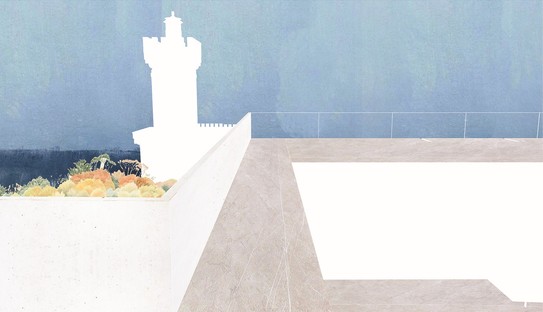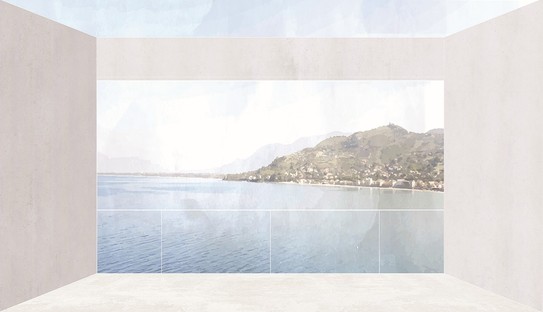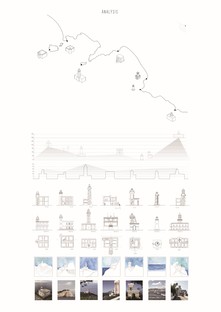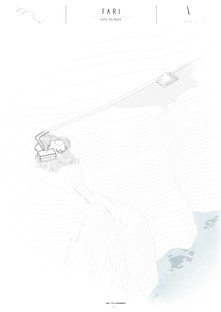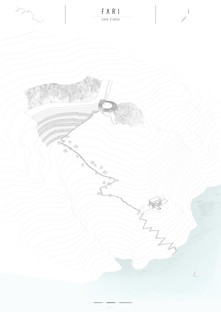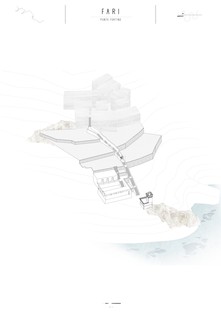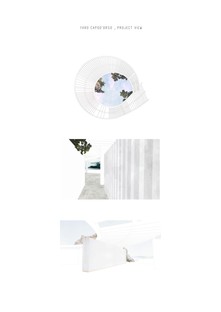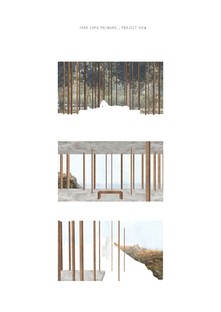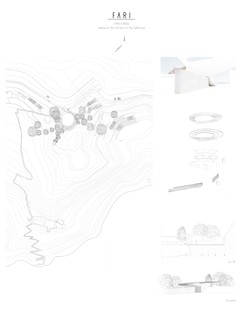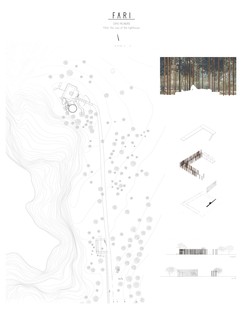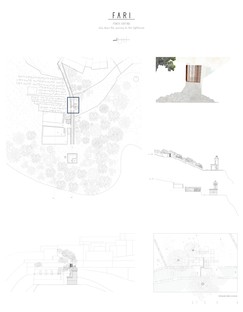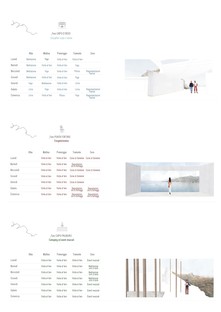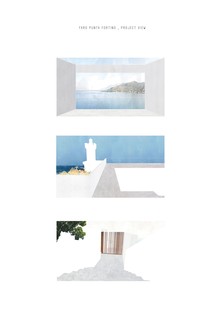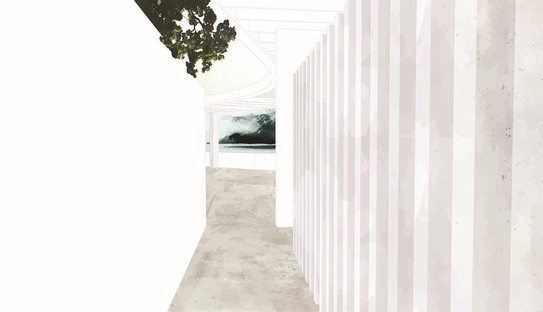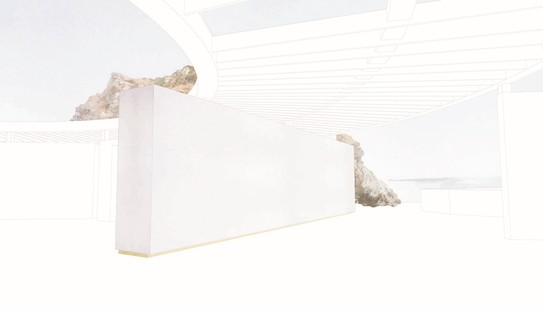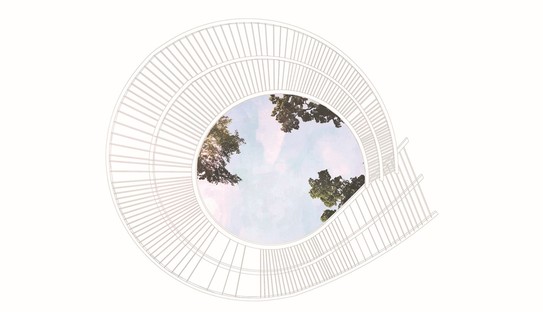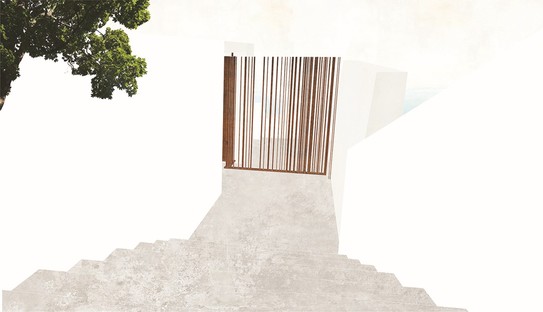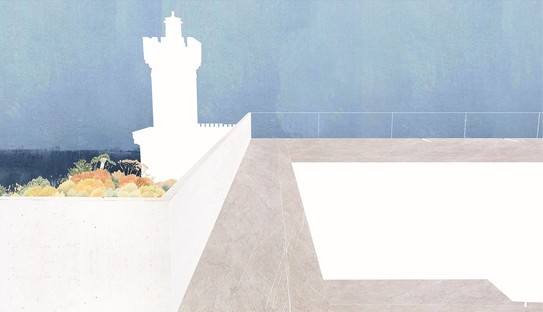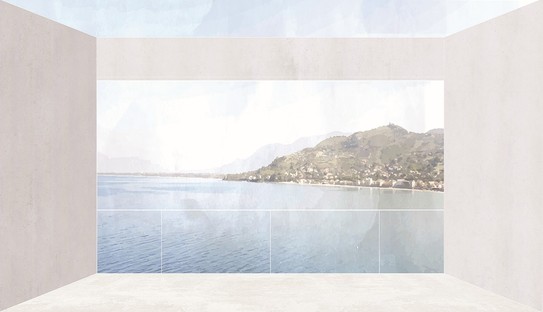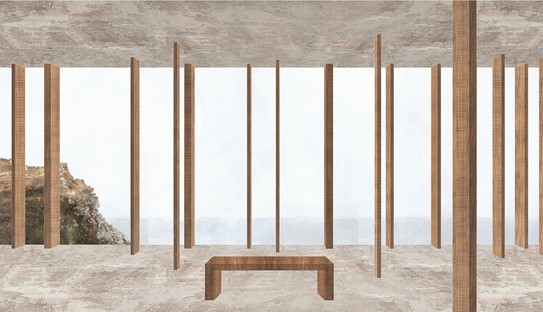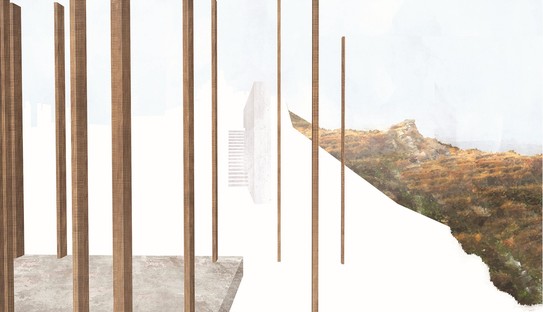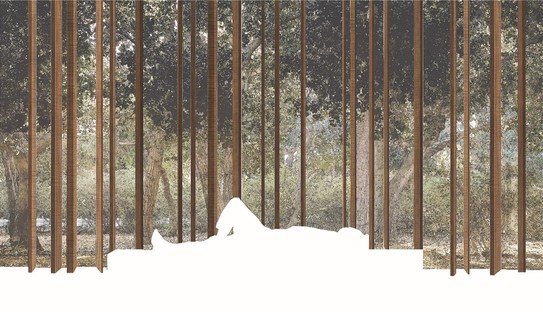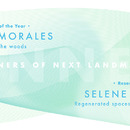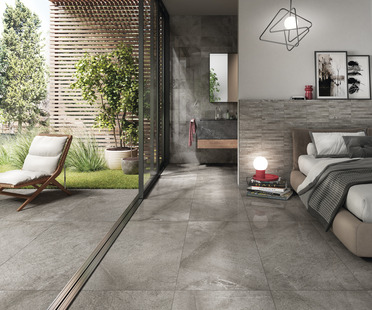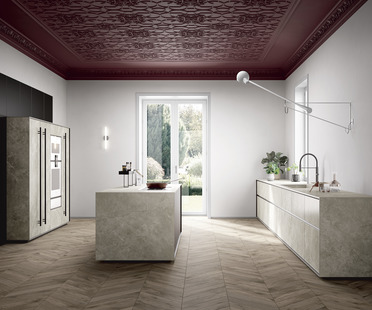06-08-2021
Selene Amico Regenerated Spaces (間) around Lighthouse – Research Next Landmark International Award 2021
Fari,
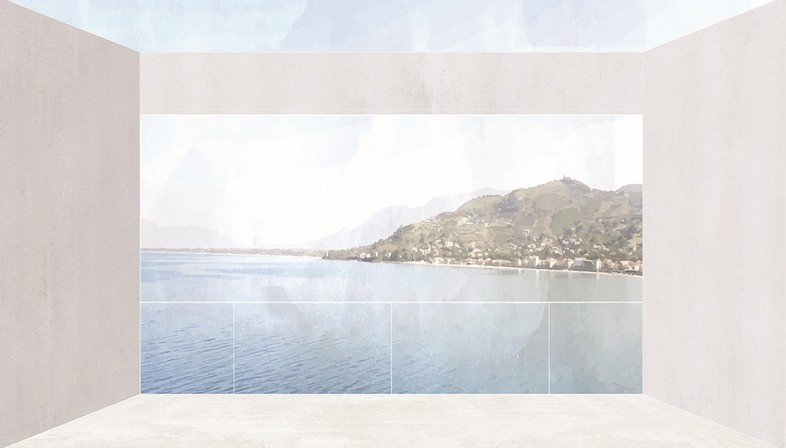
June 30 saw the close of the tenth edition of Next Landmark, an international contest promoted by Floornature, the architecture and design magazine published by the Iris Ceramica Group. The Prize for Research, awarded to unbuilt projects developed in an academic context or as independent research work, was assigned to Italian architect Selene Amico for Regenerated Spaces (間) around Lighthouse.
The research project the architect conducted for her graduating thesis develops a method that can be exported and replicated elsewhere for exploitation of lighthouses, apart from those which have already been transformed into luxury hotels and resorts. The proposed method is actually applicable not only to lighthouses, but can be applied to make use of historic construction of all kinds that no longer serve their original function but have profound roots in collective memory. In addition, the study reflects the Italian government’s intentions, expressed in an initiative underway since 2015 through the appointed organisations, with the aim of adding to the economic and social value of lighthouses and the territories in which they are located.
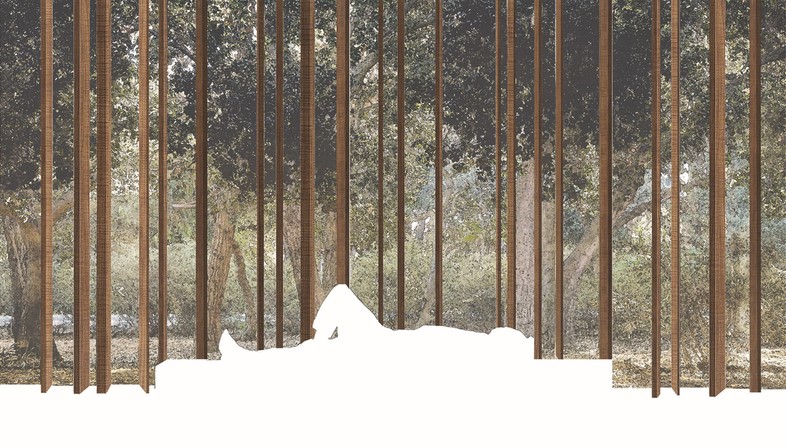
Architect Selene Amico began by studying lighthouses in the Region of Campania, drawing on bibliographic material and archive documents as well as on-site inspections and interviews to produce a very thorough study. The architect visited seven of the thirteen lighthouses still in operation in Campania, writing up an architectural description of each construction and recording and summing up key items of information such as absolute height and height in relation to sea level, capacity, optics, and light code employed. Along with their physical properties, her preliminary study revealed how these structures are connected with their surroundings, going beyond the preconceived image of the lighthouse as a structure seen only from the sea to look at its relationship with the land. Thus she identified the “lighthouse’s territory”, a natural, panoramic, often unexplored area with the potential to construct an “alternative” form of tourism attractive to today’s travellers.
In identifying these territories, the architect made use of the oriental concept of MA (間), a Japanese ideogram describing emptiness, but without the negative connotations; rather, it suggests the positive idea of a pause. The pause is represented by the threshold, the point of entry into the lighthouse’s territory, identified in the architectural project to reinforce the perception of entering a different, unique place that remains to be discovered and explored. Projects are proposed for three of the lighthouses in the inventory, selected for their ability to represent three different conditions. In Capo d'Orso, where the lighthouse is perched on the side of a mountain towering above the sea, the architectural project highlights the route to the lighthouse from the road. In Punta Fortino, the proposed project “slows down” the trip from the historic centre of the town of Agropoli to the lighthouse. Lastly, in Capo Palinuro, where the lighthouse is located farther away from the town, the project creates a filter as we approach the building. Recognising the unique identity of each lighthouse, the architect completed her study by coming up with a different programme of events for each lighthouse, offering experiences that would attract different types of visitor with the involvement of local associations active in the territory of each lighthouse, demonstrating that it is possible to create a network for making the most of the scenario offered by our coastline.
(Agnese Bifulco)










